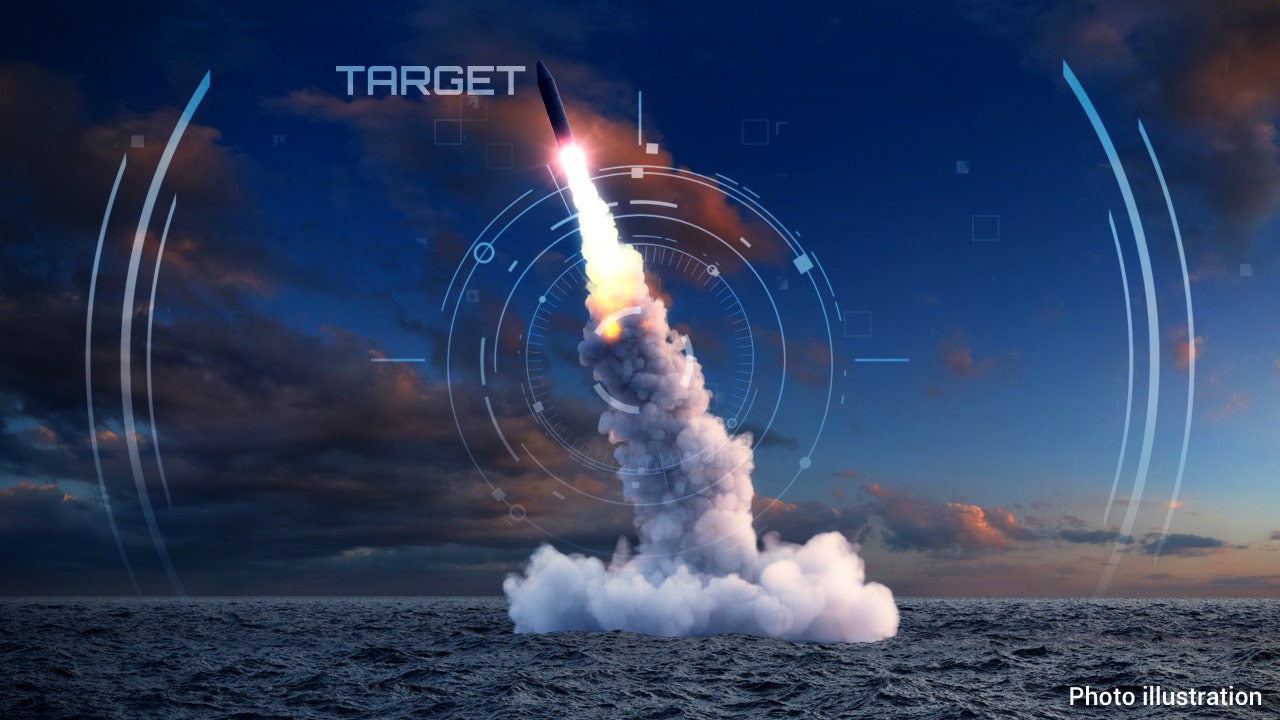The U.S. is increasing its use of AI technology on the battlefield, most recently in helping the U.S. strike targets in the Middle East, according to a new report.
In the latest round of airstrikes, coalition forces led by the U.S. targeted eight locations, which included underground weapons storage facilities, missile storage facilities, one-way attack unmanned aerial systems, air defense systems, radars and a helicopter, to disrupt the capabilities of the Iranian-backed Houthi militia, according to the Pentagon.
As the U.S. has ramped up retaliatory strikes against terrorist groups in the region, it is using complex artificial intelligence and machine learning to launch precision targets on enemy groups.
The military is using computer vision algorithms to identify enemy targets in the Middle East, according to a report from Bloomberg. The report quoted Schuyler Moore, chief technology officer for U.S. CENTCOM, who was discussing its use during the strikes.
AI TECHNOLOGY COULD HELP US, ALLIES MONITOR CHINA’S TAIWAN INVASION INTENTIONS

F-18 fighter jets from the USS Dwight D. Eisenhower participated in air strikes on Houthi forces in Yemen Jan. 22, 2023. (CENTCOM/X)
“AI systems can aggregate bulk information and identify targets and locations in ways that can be more efficient than relying on traditional techniques,” Steven Feldstein, senior fellow at the Carnegie Endowment for International Peace, told Fox News Digital.
“Given how much digital communication is permeating our ecosystem, the ability of AI systems to sift through the digital noise and discern patterns linked to specific targets can be immensely valuable for these operations.”
WHAT IS ARTIFICIAL INTELLIGENCE (AI)?
The key function of this new technology enhances efficiency in locating a specific individual and the person’s position.

A missile is launched from a warship during the U.S.-led coalition operation against Yemen’s Houthi rebels in early February. Over the weekend, the U.S. and United Kingdom conducted joint strikes against the Houthis. (U.S. Central Command)
“if given access to the right data, systems can comb through signals intelligence, social media posts and other factors that would provide information about a target’s whereabouts, make an estimate as to the likelihood that the target currently resides in a specific location and possibly give an estimate about the potential success of a strike, what kind of strike would best accomplish the objective and potential collateral damage from such a strike,” Feldstein explained.
US MILITARY NEEDS AI VEHICLES, WEAPON SYSTEMS TO BE ‘SUPERIOR’ GLOBAL FORCE: EXPERTS
Houthi militants in Yemen have repeatedly attacked commercial shipping in the Red Sea in a show of solidarity with Hamas terrorists. Over 45 attacks from the Houthis on commercial and naval vessels since mid-November present a threat to the global economy and freedom of navigation and international commerce, according to a joint statement from the U.S. and its coalition allies.
Meanwhile, the Islamic Resistance of Iraq, a group of Iraq-based militia groups, has targeted U.S. forces in Iraq and Syria, with one attack killing three U.S. soldiers at a military base in Jordan Jan. 25.
“As AI tools come online that enhance this machine learning process, AI has become an element of the U.S. targeting process as well. This is a natural extension of the high-quality process U.S. intelligence and targeting officials utilize,” Retired Rear Adm. Mark Montgomery, senior director of the Center on Cyber and Technology Innovation at the Foundation for the Defense of Democracies, told Fox News Digital
Although AI and machine learning have helped refine targets, ensure accurate target execution and determine possible collateral damage, Montgomery noted. Feldstein contends there is no indication AI systems help avoid civilian casualties, and the public is still largely left in the dark about how these systems operate.
CLICK HERE TO GET THE FOX NEWS APP
“There isn’t a lot of transparency about how AI targeting systems work and whether they are able to determine a risk of civilian casualties from a particular strike. Until we have more information about parameters, accountability of use and other related factors, we simply have no reason to know (nor can we assume) that these systems help avoid civilian casualties,” Feldstein told Fox News Digital.
Fox News Digital reached out to the Pentagon and CENTCOM for comments on the use of AI.






